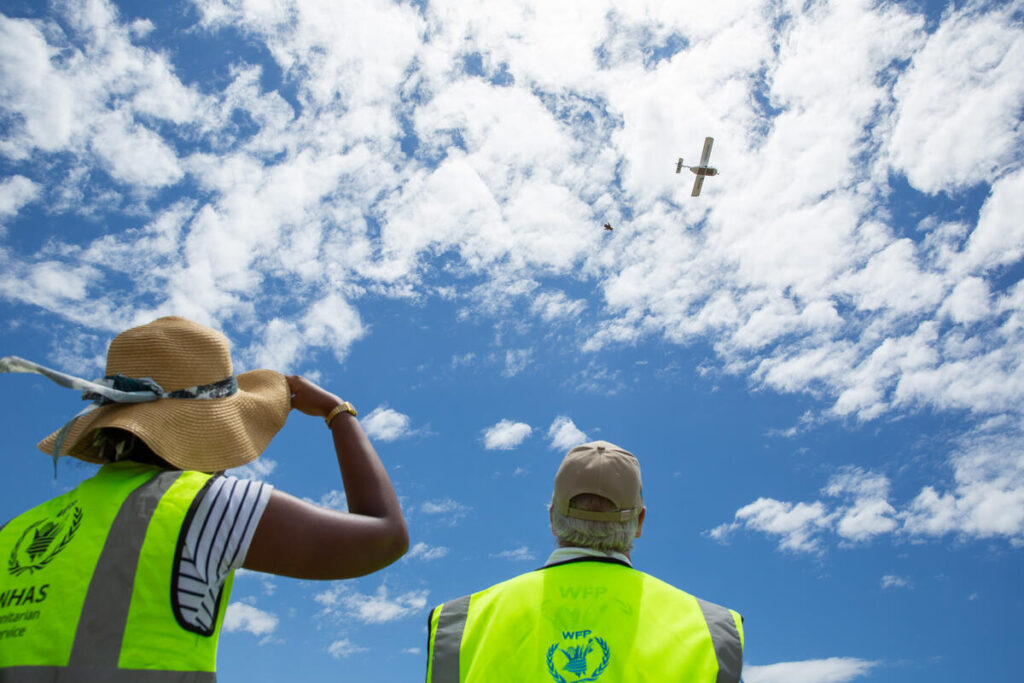WFP Delivers Lifesaving Nutrition Supplies to Remote Communities in Madagascar via Unmanned Aircraft

ANTANANARIVO / JOHANNESBURG– The United Nations World Food Programme (WFP) has, for the first time in three months, delivered lifesaving nutrition supplies for malnourished children in the remote region of Farafangana in southeastern Madagascar. The consignment of Plumpy’Sup – a lifesaving supplement for children suffering from malnutrition – was delivered via an Unmanned Aircraft System (UAS), marking a milestone in the use of UAS technology to reach remote and isolated communities.
“In regions like southern Madagascar, where humanitarian needs are pressing, droughts are relentless and cyclones destroy roads and bridges, such innovations are vital,” said Franklyn Frimpong, the U.N. World Food Programme’s chief of aviation. “This milestone shows how innovation can help us reach those in need faster and more efficiently in challenging operational contexts.”
Communities in Farafangana often wait for weeks or even months for assistance, with food supplies sometimes dropped in distant locations. Communities then embark on a gruelling half-day trek, wading through unpredictable rivers and climbing steep and slippery paths to bring food home.
With UAS, the U.N. World Food Programme can now deliver up to 350 pounds of relief items per drop, with several deliveries planned to remote landlocked villages in southern Madagascar over the next three months. The U.N. World Food Programme is working with communities to build awareness and understanding of this delivery system, ensuring they can safely access the relief items.
“Technology must be an integral part of our supply chain toolkit,” said Rania Dagash-Kamara, U.N. World Food Programme assistant executive director for partnerships and innovation. “This groundbreaking aerial operation is revolutionizing the way we deliver aid, elevating response efforts, not only for the U.N. World Food Programme, but for the entire humanitarian community. We are witnessing significant interest from partners and are eager to expand this initiative globally.”
The innovative approach exemplifies the U.N. World Food Programme’s commitment to leveraging technology to enhance the efficiency and effectiveness of humanitarian aid delivery, ensuring assistance reaches all those who need it, especially those in insecure and hard-to-reach locations. It is a result of the U.N. World Food Programme’s collaboration with private sector partners and donors.




